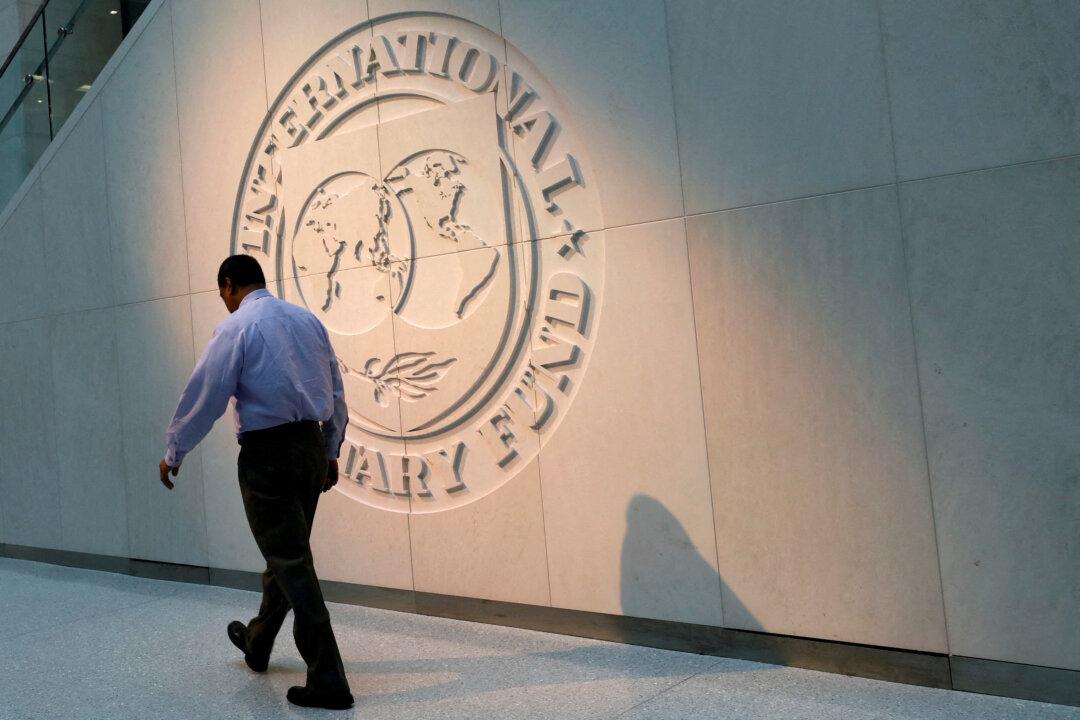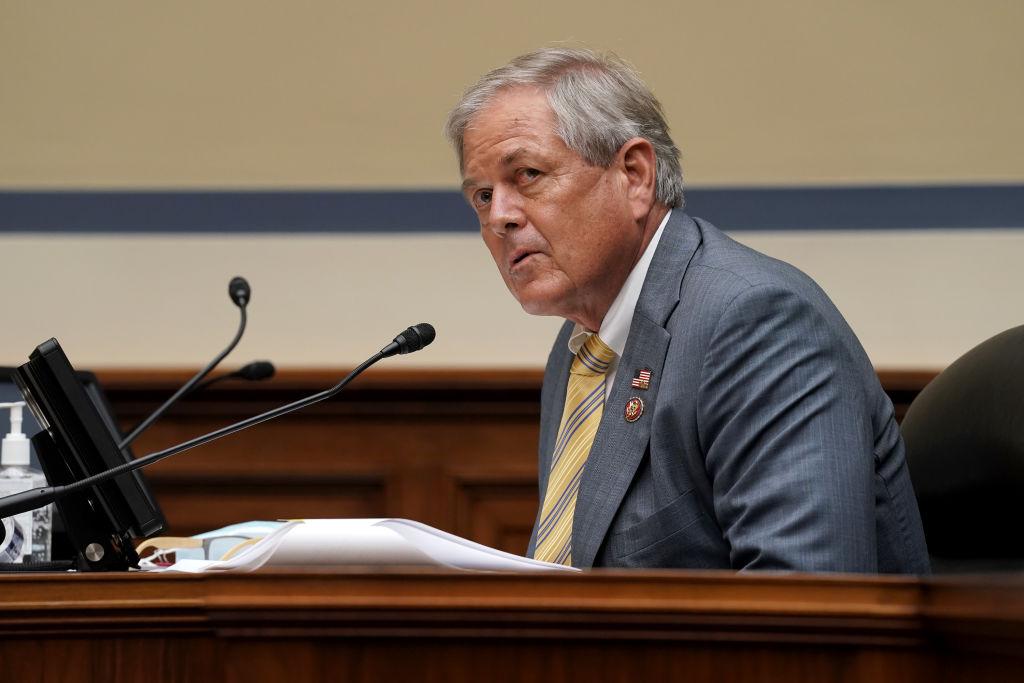After graduating from the University of Southern California in 2017, Tiffany Fong started several e-commerce businesses, earning passive income while traveling the world. She recently spoke with The Epoch Times about how she lost a lot of money investing in cryptocurrencies, which prompted her to become involved in exposing scandals in the crypto sector, such as the FTX meltdown.
Fong’s introduction to cryptocurrencies began when a family member gifted her several Bitcoins in 2011. Since she was still in high school at the time, Fong didn’t think much of the gift.




